Red beans and rice – this dish, like jazz, carnival, and the powerful state of Mississippi, embodies the New Orleans spirit. A dish conveys a tale, a time travel story, from the crowded dock to the tight kitchen. This is a simple but essential narrative about traditions, local customs, and communal feasts of delight.
The History and Tradition of Red Beans and Rice
This is a Monday tradition, a training session infused with urban experience and local life rhythm. This tradition dates back to Sundays when they were devoted to love and repose, and a huge and exquisite ham was frequently featured over a spectacular supper. Excess ham and bones will not go to waste; they will be used in the next day’s lunch.
Monday was a labor day, filled with washing, ironing, and sewing—chores that required attention and time. In the days before clothes washers, this meant extended lengths of hand-washing clothing, which very well ruled out culinary endeavors. Thus, the red beans were put to simmer after breakfast, cooking steadily throughout the day in order to feed tired professionals with insignificant fights. It was a practical arrangement, a way to provide a substantial, delicious meal without devoting important time to the day’s demanding tasks.
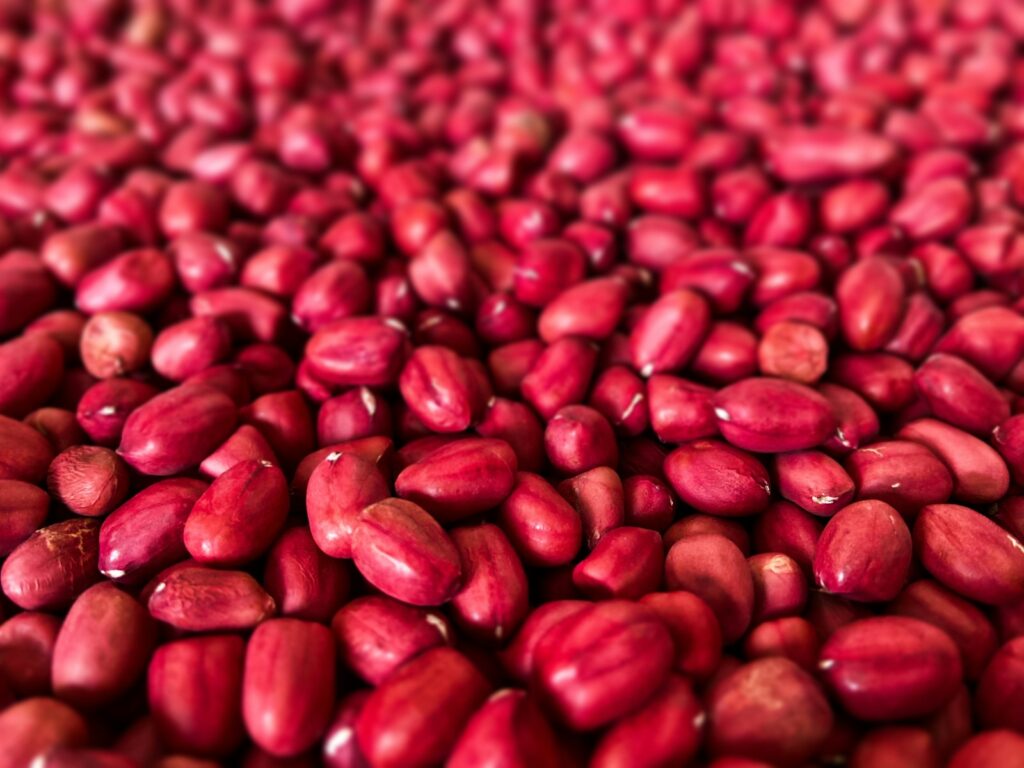
The beans themselves have a journey as rich as the meal they produce. Red beans, believed to have originated in Peru, spread throughout the Caribbean through trade. New Orleans, a big port city, became a characteristic beneficiary of these crops. However, the beans were not the only newbies to southern Louisiana; the region also witnessed the arrival of people who had been mistreated and forced to labor on sugar farms. A considerable number of these people came from West Africa, where rice and beans were staples, as well as several Caribbean islands, especially Saint Domingue, now known as Haiti.
The influence of these many communities is obvious in the red beans and rice we know today. The dish demonstrates the adaptability and creativity of the people who brought their culinary habits with them despite the insurmountable obstacles. A sign of common mankind can be tracked down in a simple bowl of beans and rice.
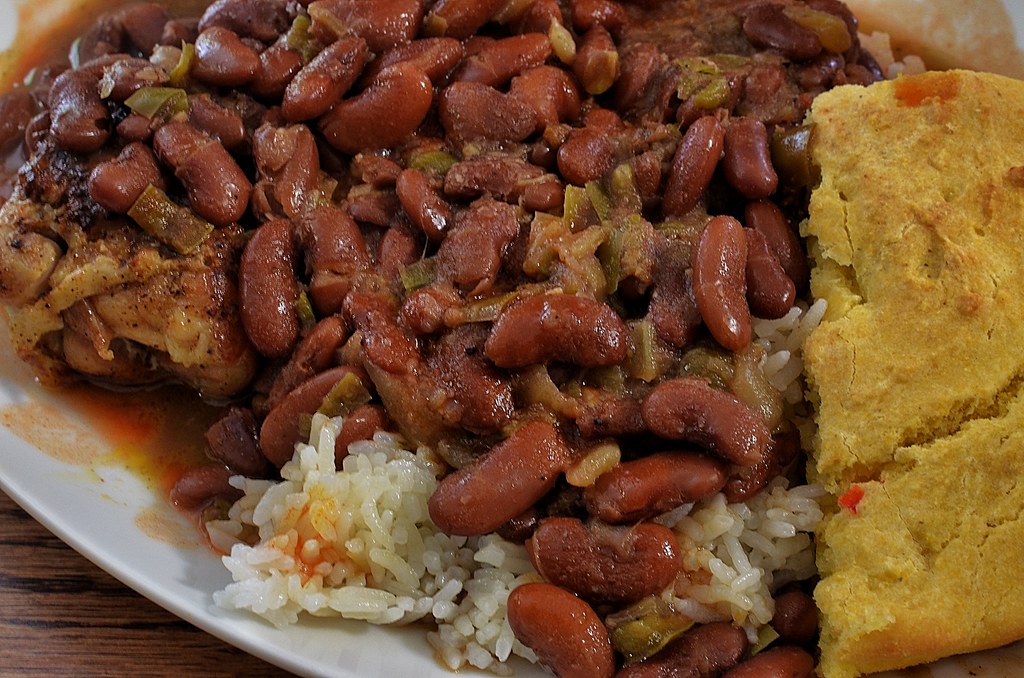
Crafting the Perfect Pot of Red Beans and Rice
We’ve looked at the collection of experiences and meanings associated with red beans and rice; now it’s time to focus and start cooking. In the next chapter, we’ll walk you through the steps to brew your own pot of Monday magic, from selecting the correct ingredients to achieving that perfect, smooth consistency.
The most critical step as we continued our search for the classic red beans and rice was to gather our ingredients. The red beans, of course, serve as the foundation for this dish. As we discovered, the Camellia brand is the highest quality level for beans in New Orleans, and with good reason. Their commitment to quality ensures that each bean is ready to deliver the rich, velvety surface we’ll see later.
We truly want the Blessed Trinity of Creole and Cajun cooking: onions, ringer peppers, and celery. This aromatic triplet serves as the flavor basis for an unlimited variety of Louisiana meals, and red beans and rice are no special case. Dice these veggies finely to ensure that they blend seamlessly with the beans, resulting in an enjoyable taste combination.
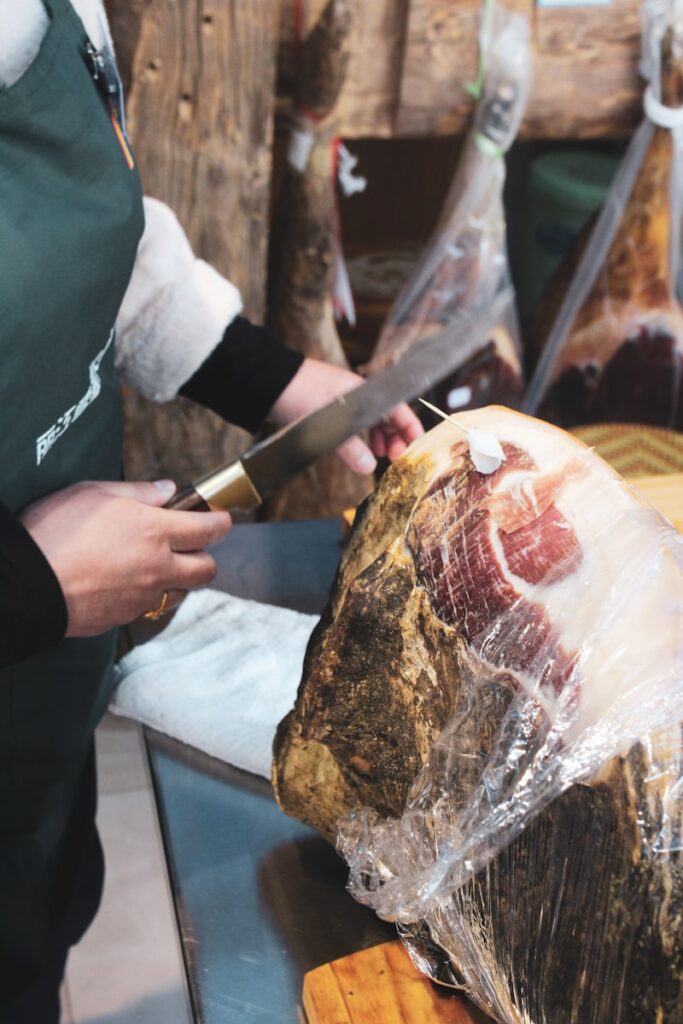
About the meat, the ham bone left over from Sunday’s lunch is more than just a habit; it’s a taste force to reckon with. Its smoky profundity infuses the beans with a delicious lavishness that cannot be replicated. Do not worry if you don’t have a ham bone. Andouille wiener, another Louisiana delicacy, can provide the essential smoky flavor. The following list is summarized for you:
Main Ingredients:
- Red beans (Camellia brand recommended)
- Long grain rice (or jasmine rice)
- Vegetables (Holy Trinity):
- Onions (chopped)
- Green peppers (chopped)
- Celery (chopped)
Meat:
- Ham bone (or smoked ham)
- Andouille Sausage (optional)
Seasonings:
- Garlic (chopped)
- Thyme (fresh or dried)
- Bay leaf (or bay leaf)
- Paprika (or cayenne pepper)
- Salt and black pepper
Other:
- Water or stock
- Vegetable oil (or bacon grease)
With our supplies gathered, now is the time to answer the age-old question: to drench or not to douse? Splashing the beans for the time being can reduce cooking time and hasten the cooking process, but it is not strictly necessary, especially with young Camellia beans.
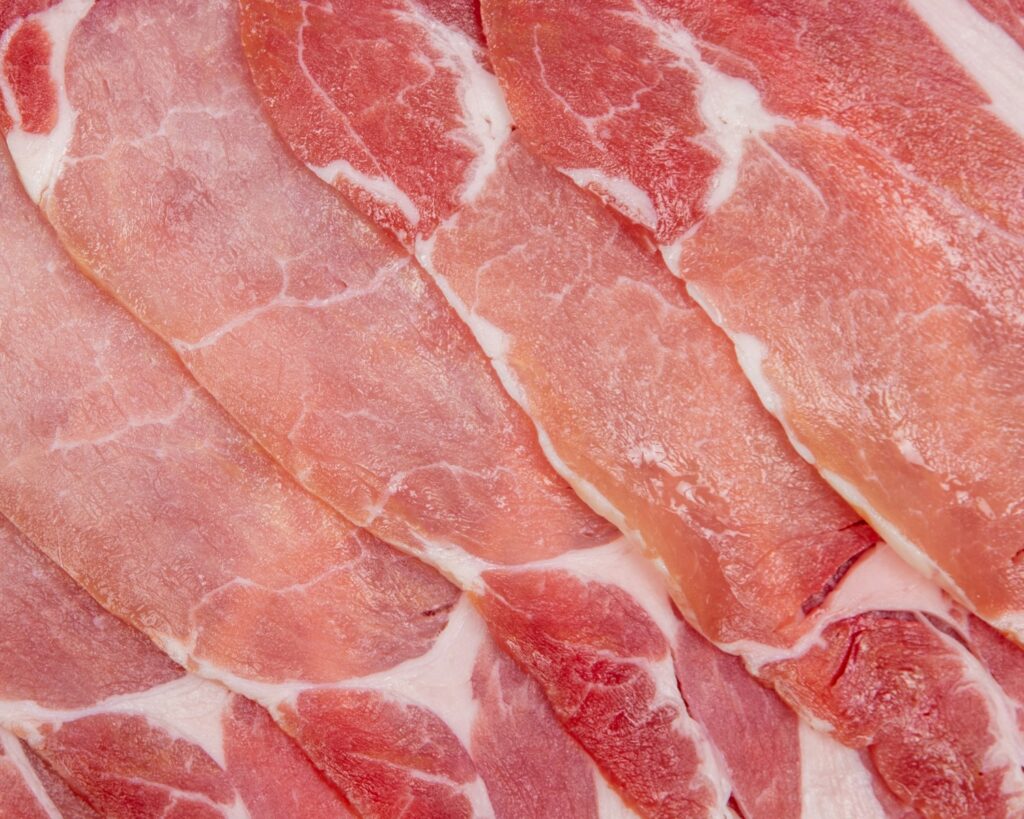
When the beans are ready, we begin by giving the fat from our selected meat. In the case of utilizing bacon, cook until it is fresh and the fat has coated the bottom of the kettle. This fat will serve as a foundation for sautéing the Sacred Trinity, bringing out their flavors and creating room for the beans.
Once the veggies have softened, add the beans and enough water to cover them by several inches. Persistence plays an important role here. The beans must simmer delicately for a few hours, keeping the flavors of the meat and vegetables and transforming from modest veggies into a silky, comforting stew.
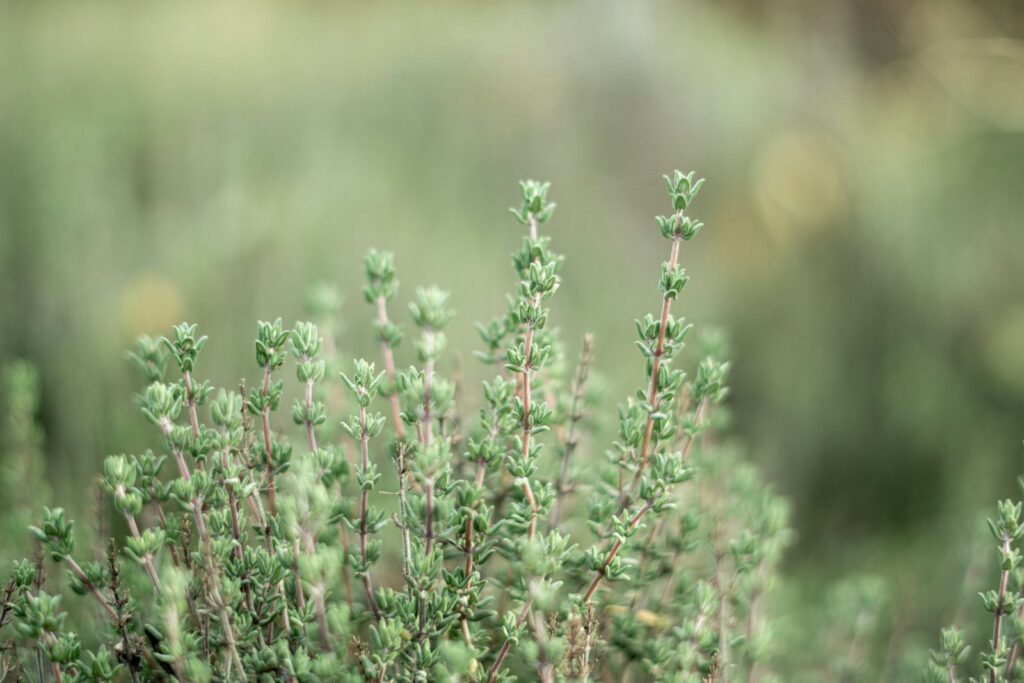
Preparation is essential. Garlic, thyme, inlet leaves, and a spot of cayenne pepper are traditional, but feel free to customize the recipe. Taste as you adjust the tastes to suit your taste. The fact that it tastes good to you reminds you that this is the tastiest pot of red beans and rice.
As the beans simmer, they will separate and thicken the fluid, resulting in a rich sauce. If you like a much creamier surface, you can smash some of the beans against the edge of the pot. Simply be sure to leave bounty on the surface.
Making the perfect pot of red beans and rice is more than just following a recipe; it’s about embracing a tradition that has been passed down through generations. It’s all about understanding what each ingredient means and how it fits into the overall taste scheme. Above all, it is associated with bestowing this culinary fortune on loved ones, therefore cementing the collective spirit that this meal represents.
Related posts:
Monday Red Beans and Rice
Red Beans and Rice Recipe
Authentic Louisiana Red Beans and Rice



